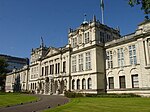
Anglia Ruskin University (ARU) is a public university in East Anglia, United Kingdom. Its origins are in the Cambridge School of Art (CSA), founded by William John Beamont, a Fellow of Trinity College at University of Cambridge, in 1858. It became a university in 1992, and was renamed after John Ruskin, the Oxford University professor and author, in 2005. Ruskin gave the inauguration speech of the Cambridge School of Art in 1858. It is one of the "post-1992 universities". The motto of the university is in Latin Excellentia per societatem, in English Excellence through partnership. Anglia Ruskin University was named University of the Year 2023 by Times Higher Education.
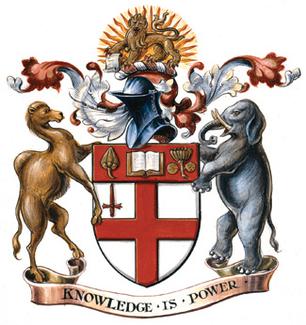
The School of Oriental and African Studies is a public research university in London, England, and a member institution of the federal University of London. Founded in 1916, SOAS is located in the Bloomsbury area of central London.

Auckland University of Technology is a university in New Zealand, formed on 1 January 2000 when a former technical college was granted university status. AUT is New Zealand's third largest university in terms of total student enrolment, with approximately 29,100 students enrolled across three campuses in Auckland. It has five faculties, and an additional three specialist locations: AUT Millennium, Warkworth Radio Astronomical Observatory and AUT Centre for Refugee Education.

Cardiff University is a public research university in Cardiff, Wales. It was established in 1883 as the University College of South Wales and Monmouthshire and became a founding college of the University of Wales in 1893. It was renamed University College, Cardiff in 1972 and merged with the University of Wales Institute of Science and Technology in 1988 to become University of Wales College, Cardiff and then University of Wales, Cardiff in 1996. In 1997 it received degree-awarding powers, but held them in abeyance. It adopted the operating name of Cardiff University in 1999; this became its legal name in 2005, when it became an independent university awarding its own degrees.

Birmingham City University is a university in Birmingham, England. Initially established as the Birmingham College of Art with roots dating back to 1843, it was designated as a polytechnic in 1971 and gained university status in 1992.
A journalism school is a school or department, usually part of an established university, where journalists are trained. 'J-School' is an increasingly used term for a journalism department at a school or college. Journalists in most parts of the world must first complete university-level training, which incorporates both technical skills such as research skills, interviewing techniques and shorthand and academic studies in media theory, cultural studies and ethics.

Staffordshire University is a public research university in Staffordshire, England. It has one main campus based in the city of Stoke-on-Trent and four other campuses; in Stafford, Lichfield, Shrewsbury and London.

Llanishen is a district and community in the north of Cardiff, Wales. Its population as of the 2011 census was 17,417.

Cathays is a district and community in the centre of Cardiff, capital of Wales. It is an old suburb of Cardiff established in 1875. It is densely populated and contains many Victorian terraced houses. The area falls into the Cathays ward. It is the third most populous community in Cardiff, having a population of 18,002 in 2011.

Gabalfa is a district and community in the north of the city of Cardiff, capital of Wales. It is characterised by a four-lane flyover road at the Gabalfa Interchange, where the A48 road meets the A470 road which leads from Cardiff to northern Wales, and the A469 road.

Cathays Park or Cardiff Civic Centre is a civic centre area in the city centre of Cardiff, the capital city of Wales, consisting of a number of early 20th century buildings and a central park area, Alexandra Gardens. It includes Edwardian buildings such as the Temple of Peace, City Hall, the National Museum and Gallery of Wales and several buildings belonging to the Cardiff University campus. It also includes Cardiff Crown Court, the administrative headquarters of the Welsh Government, and the more modern Cardiff Central police station. The Pevsner architectural guide to the historic county of Glamorgan judges Cathays Park to be "the finest civic centre in the British Isles". The area falls within the Cathays electoral ward.
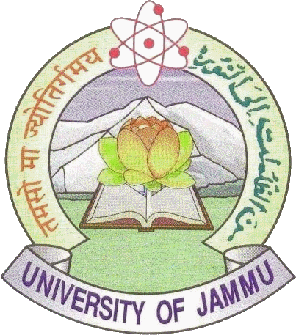
The University of Jammu informally known as Jammu University (JU), accredited as A+ grade by National Assessment and Accreditation Council (NAAC), was established in 1969 by an act of the state legislature which effectively split the Jammu and Kashmir University into the separate University of Jammu and University of Kashmir.
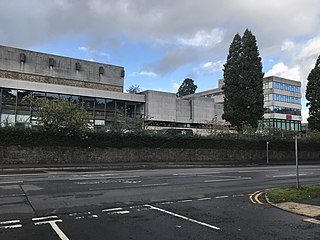
Broadcasting House was the headquarters of BBC Cymru Wales' radio, television and online services, situated in north Cardiff. The purpose-built facility opened in 1966 and consisted of three blocks containing studios, offices and technical facilities. In 2020 the BBC moved out, transferring to New Broadcasting House in Central Square, Cardiff. The building was demolished between 2021 and 2022, with the site to be used for new housing.
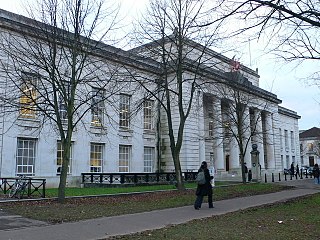
The Bute Building is a Cardiff University building in Cathays Park, Cardiff, Wales. It houses the Welsh School of Architecture. It is a Grade II listed building.

Public libraries in Cardiff are owned and operated by Cardiff Council. There are 20 public libraries in the capital of Wales, the largest of which is Cardiff Central Library. A mobile library service is also provided. In 2018/19, there were almost 91,000 Cardiff residents, around 25% of the city's population, who borrowed an item from a municipal library. Increases in visits, active borrowers and library members have taken place during 18/19 as the service continues to grow in popularity with Cardiff's citizens.
The School of Journalism, Media and Communication at the University of Central Lancashire (UCLan) is one of the UK's longest established centres of journalism teaching, growing out of the Harris College, Preston.
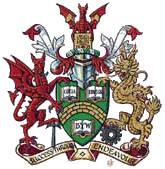
The University of South Wales is a public university in Wales, with campuses in Cardiff, Newport and Pontypridd. It was formed on 11 April 2013 from the merger of the University of Glamorgan and the University of Wales, Newport. The university is the second largest university in Wales in terms of its student numbers, and offers around 500 undergraduate and postgraduate courses. The university has three main faculties across its campuses in South Wales.
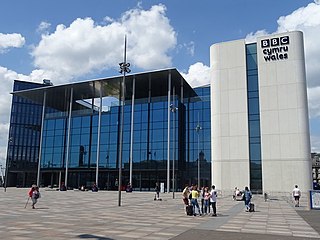
BBC Cymru Wales New Broadcasting House, previously known as the BBC Cymru Wales headquarters building, is the headquarters of BBC Cymru Wales in Central Square, Cardiff. It operates many of its broadcasting services from there using IP-based studios. It also serves as a base for S4C.
Simon Cottle is professor of media and communications at the School of Journalism, Media and Cultural Studies (JOMEC) at Cardiff University. He writes on media, the communication of conflicts, crises and catastrophes, and globalization. He holds honorary professorships at the University of Melbourne and the University of Tasmania.


















